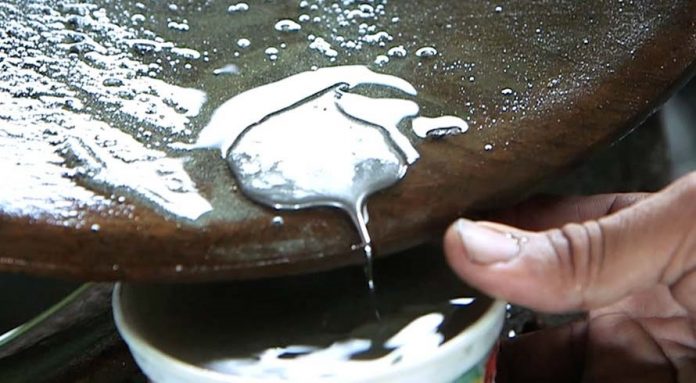By UN Environment
Two years ago, on 16 August 2017, the Minamata Convention on Mercury – a global treaty to protect human health and the environment from human-induced emissions and releases of mercury and mercury compounds – came into force.
Annually, as much as 9,000 tons of mercury are released into the atmosphere, in water and on land. The largest source of these emissions is artisanal and small-scale gold mining, followed closely by coal combustion, non-ferrous metal production and cement production.
Mercury has a long environmental shelf life and a global pathway, as it cycles between the atmosphere, the ocean and land.
We can reduce human exposure to mercury sources by promoting clean energy sources, eliminating mercury mining and use of mercury in industrial processes.
Read full text on the UN Environment




